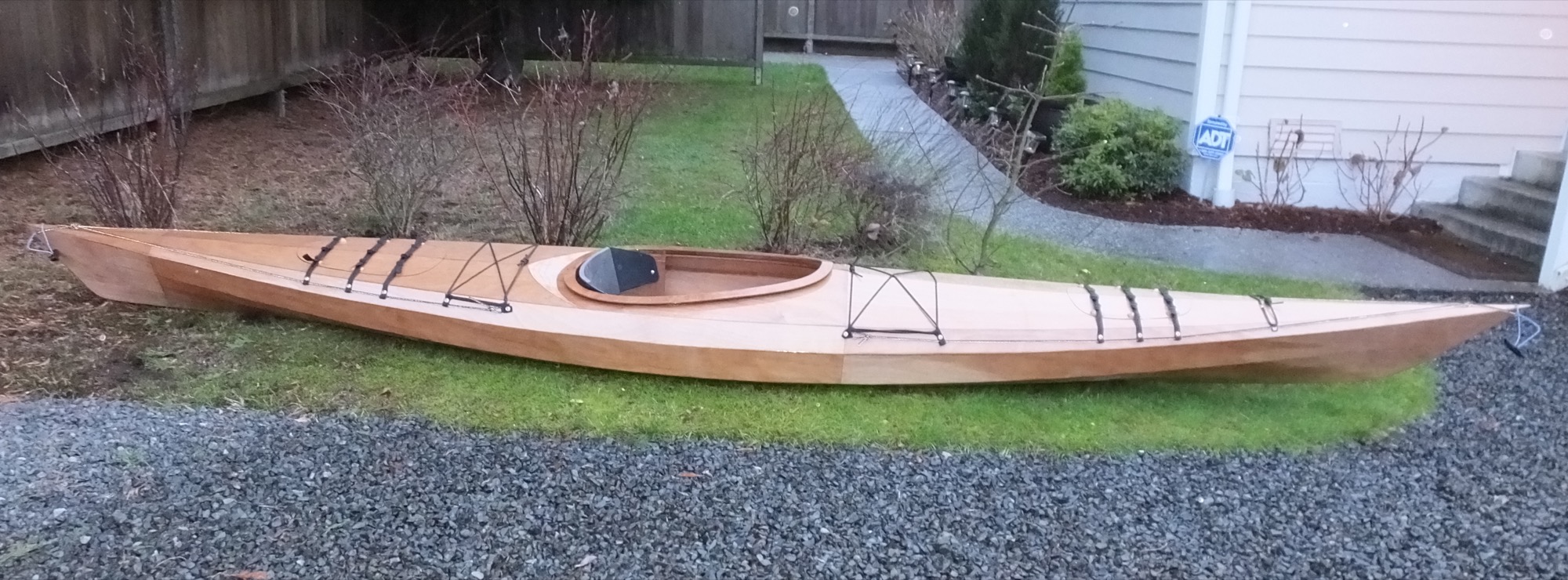
Stitch and Glue Boat Plans: Building Eco-Friendly Boats
Hey there, fellow boat enthusiasts! So you're thinking about building your own boat, and you want to do it the smart, sustainable way? Fantastic! Stitch and glue boat building is a fantastic method that allows for incredible creativity and a surprisingly light environmental footprint. Let's dive into why this method is so great and how you can get started.
Why Stitch and Glue is the Eco-Friendly Choice
Forget about complex molds and tons of wasted wood. Stitch and glue offers a simpler, more sustainable approach. Here's why:
- Less Waste: You'll use relatively thin strips of wood, minimizing material waste compared to traditional methods. Think of it as using your resources efficiently!
- Sustainable Materials: You can easily source sustainably harvested wood, like responsibly grown cedar or plywood from certified forests. This directly supports eco-friendly forestry practices.
- Epoxy Advantages: While epoxy resin isn't inherently "green," modern, low-VOC (volatile organic compound) epoxies are a far cry from their predecessors. Look for options with minimal environmental impact.
- Reduced Energy Consumption: The stitch and glue method itself requires less energy and specialized tooling compared to other boat building techniques. This makes it a more efficient, energy-conscious choice.
Getting Started with Your Stitch and Glue Project
Ready to get your hands dirty? Here's a breakdown of the process:
Choosing Your Plans
Finding the right plans is key. Many sources offer downloadable stitch and glue boat plans for various skill levels and boat types â€" from kayaks and canoes to small sailing dinghies. Make sure to carefully review the plans before you start and understand the materials list thoroughly. Don't be afraid to ask questions!
Gathering Your Materials
Besides the wood strips (usually marine-grade plywood or cedar), you'll need epoxy resin, fiberglass cloth, stitch lines (usually nylon or polyester), clamps, and various tools. A good quality respirator for working with epoxy is also essential to protect your health.
The Stitch and Glue Process
First, you'll stitch the wood strips together following your chosen plans, creating the boat's shell. The stitches hold everything in place while the epoxy sets. Once the epoxy cures, you'll remove the stitching. Then, you add layers of fiberglass cloth to reinforce the shell and ensure a watertight hull. Finishing touches involve sanding, painting, and adding any necessary fittings. There are tons of helpful videos online that demonstrate the process step-by-step.
Who Should Consider Stitch and Glue?
Stitch and glue is great for:
- Hobbyists: It's a rewarding project that allows for a lot of customization.
- Boat Builders: It's a fast and efficient method for building multiple boats.
- Educational Institutions: It provides hands-on learning experiences in woodworking, boat building, and sustainable practices.
- Woodworking Craftsmen: It allows for a creative outlet using traditional skills in a modern way.
Commonly Asked Questions
Here are some frequently asked questions about stitch and glue boat building:
Q: How long does it take to build a stitch and glue boat?
A: It depends on the size and complexity of the boat, as well as your experience. A small kayak might take a few weeks, while a larger boat could take several months.
Q: What kind of wood should I use?
A: Marine-grade plywood and cedar are popular choices for their durability and water resistance. Always choose sustainably sourced wood whenever possible.
Q: Is epoxy resin safe?
A: Always use appropriate safety gear, including a respirator and gloves, when working with epoxy. Choose low-VOC epoxies to minimize health and environmental impact.
Q: Where can I find plans?
A: You can find plans online from various sources, as well as in boatbuilding books. Make sure to choose plans appropriate to your skill level.
Happy building!


0 komentar:
Posting Komentar